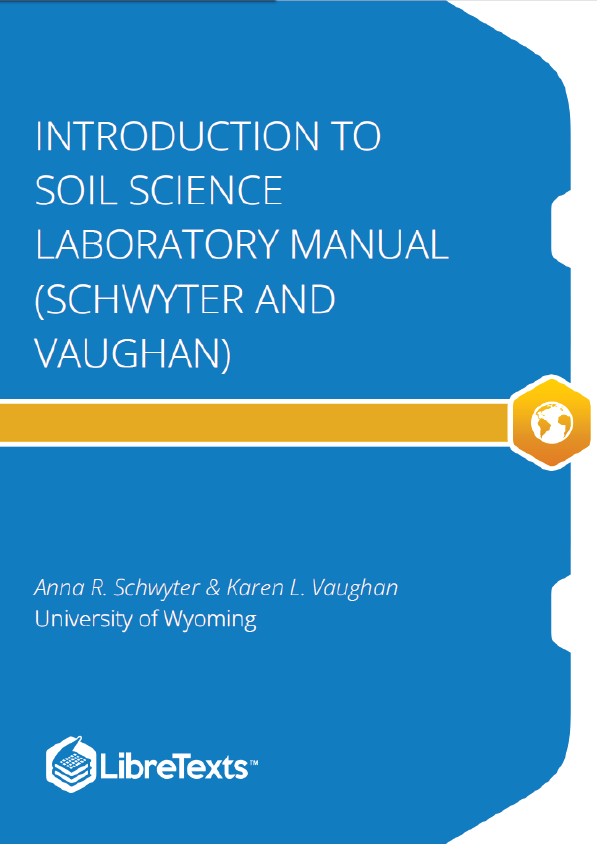Soil is the medium for plant growth at the land surface. Most of the world’s food supply comes from plants growing in the soil (oceans and lakes supply some food). Soil serves as the habitat for thousands of species of animals, insects, and microorganisms. Soils support buildings, highways and other structures. Soils capture rainwater and melting snow to recharge our precious ground water. Soils also adsorb air and water pollutants. Soil microorganisms constitute the major component of life in the earth and cause many major biochemical transformations essential to our lives.
Throughout the duration of this course you will dive deeper into the concepts and understandings of each of the following subdisciplines, or focal areas of interest, within the discipline of soil science:
By nature of these sub-disciplines, soil science is inherently an interdisciplinary field. For this first lab, we will begin to learn a bit more about this interdisciplinary science by understanding the fundamentals of soil formation, soil characteristics, and the methods used for identifying and describing soils.
SOIL FORMATION
Soil is defined as: “a natural body comprised of solids (minerals and organic matter), liquid, and gases that occurs on the land surface, occupies space, and is characterized by one or both of the following: horizons, or layers, that are distinguishable from the initial material as a result of additions, losses, transfers, and transformations of energy and matter or the ability to support rooted plants in a natural environment” (Keys to Soil Taxonomy, 2012).
Soils exist in three dimensions (pedon; 3 dimensional bodies) containing inorganic and organic material generally arranged into layers from the land surface downward into the earth. These layers of topsoil and subsoil (being roughly parallel to the ground surface) are called horizons. A two-dimensional vertical section of soil extending through these horizons downward to the parent material is called a profile.
Soils form in place based on five natural soil forming factors, including: 1) Climate; 2) Organisms; 3) Relief; 4) Parent Materials; And, 5) Time (Figure 1). Collectively, these five factors contribute to the function of soil formation (S), S= f (Cl, O, R, P, T…), otherwise known as pedogenesis. As the diagram suggests, soil formation is a continuum. As any one factor or influence changes, the final soil product will vary. An infinite number of combinations of soil forming processes yield many different soil properties.
Understanding the role of each soil forming factor allows us to understand or predict soil occurrence.
These five soil forming factors also work through four important soil forming processes (Table 2), considered in the following four groups: 1) Additions; 2) Losses; 3) Transformations; And, 4) Translocations.











